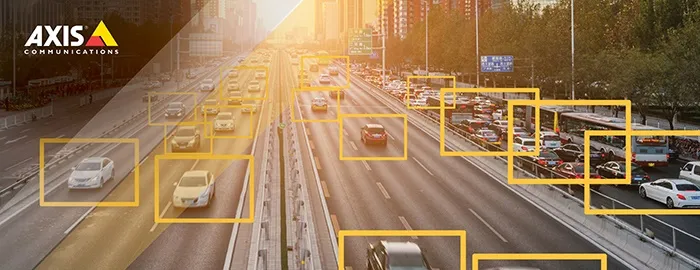Whether you are a veteran traffic engineer or are just starting your career, solving today’s transportation challenges are well within reach through the use of smart mobility technologies.
Such technologies include the Internet of Things (IoT), which allows agencies to connect intelligent transportation systems to manage traffic congestion and streamline operations like never before.
Join Iteris for a joint webinar with Cisco as they discuss the value of data insights and connectivity to enable remote operations and real-time actions.
Learn about real-world pedestrian safety and connected vehicle applications, validated solutions that include roadways sensors and networking, and edge computing to provide secure network management, reduce risk, and increase reliability.
Content produced in association with Iteris and Cisco











